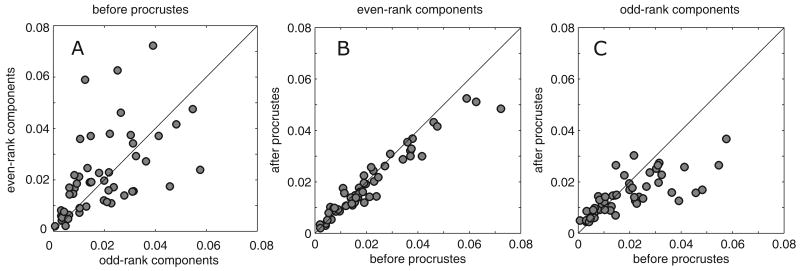Figure 6. Analysis of context-dependent changes in receptive fields according to symmetry.
Panel A shows the overall context-dependent change in receptive fields broken down by the parity of the basis element, and quantified as the mean square difference per basis element computed between components of L-filters for Cartesian and polar stimuli. Even and odd-parity components show an equal amount of overall context dependence. Panels B and C compare the overall context-dependent change (abscissa) to the context-dependent change that is not accounted for by the Procrustes transformation. Comparison is based on the mean square difference between components of L-filters for polar stimuli and those of L-filters for Cartesian stimuli after the Procrustes transformation. For even-parity components (Panel B), the Procrustes transformation does not account for a substantial fraction of the variance, but for the odd-parity components (Panel C), it accounts for approximately half of the variance.

